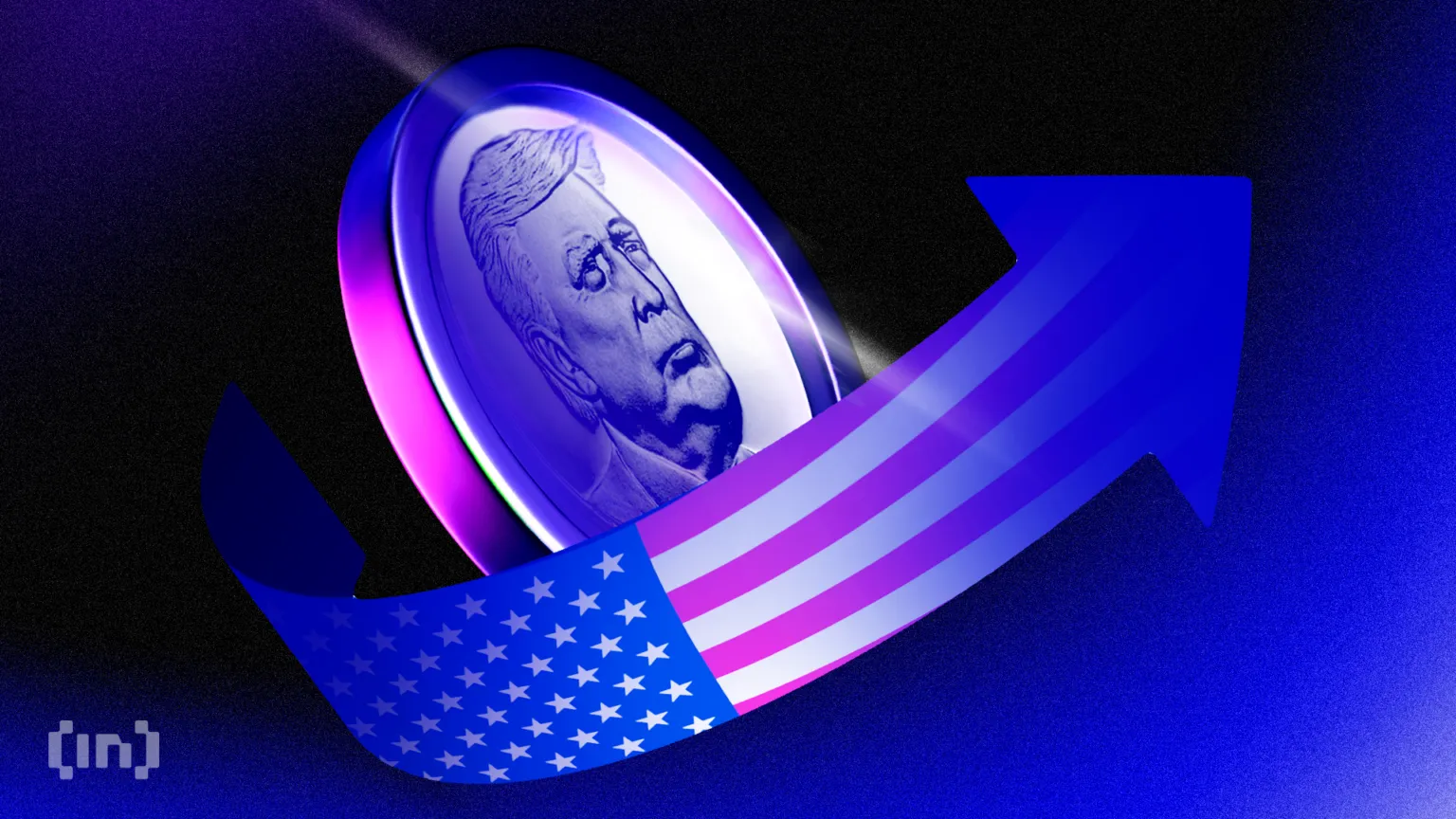
What Happened at the White House Crypto Summit 2025?
- 18.03.2025 04:35
- beincrypto.com
- Keywords: dangerous
The White House Crypto Summit 2025 shifted U.S. policy toward a cooperative approach with the crypto industry, ending enforcement-based regulations and establishing a strategic Bitcoin reserve. The summit emphasized stablecoin regulation to maintain U.S. dollar dominance and highlighted the potential for blockchain innovation under the Trump administration.